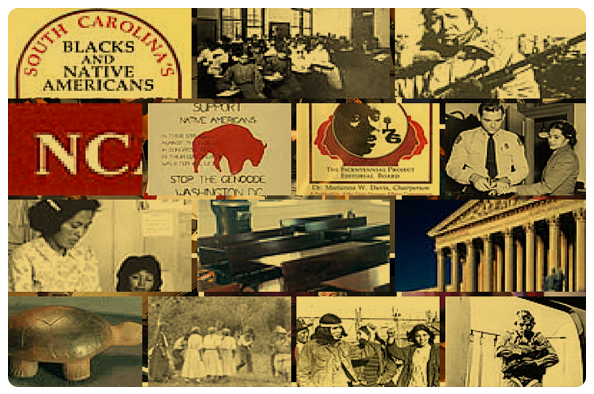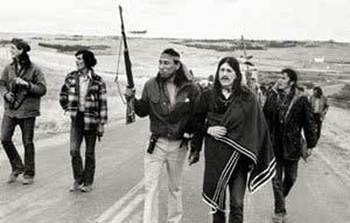


In 1961, the National Indian Youth Council was formed in pursuit of "a greater Indian America". The organization members were young and had grown out of a summer program that brought students from all around the U.S. to Boulder, Colorado, and were introduced to the Southwest Regional Indian Youth Council so that they could learn about the Native state of affairs. The organization's members, people such as Clyde Warrior, Melvin Thom, Vine Deloria Jr., and Hank Adams, rejected beliefs that Natives were unable to help themselves or that they needed to adopt American society as their own. They were seen as upset with norms in the Native community, as they were much younger than other recognized leaders of Native civil rights movements. They emphasized direct protest action and pursued federal recognition of several then-unrecognized Native nations. They also organized the first conference where unrecognized Native community members, tribal chiefs, and U.S. chairpersons shared a public stage.
There has been increased dialogue around the controversy of using Native American symbols such as for school or team mascots. Concerns are that the use of the symbols distorts Native American history and culture and often stereotypes in offensive ways. In 2020, the Washington Redskins retired their name and logo (which depicted a side profile of a Native American man), following public outcry that the team's branding was offensive to Native Americans. In a statement, the Navajo Nation said the decision marked a "historic day for all Indigenous peoples around the world as the NFL Washington-based team officially announced the retirement of the racist and disparaging 'Redskins' team name and logo".
There has been significant controversy, including a number of protests, around oil pipelines that run near tribal territory, particularly the Dakota Access Pipeline and the Keystone XL Pipeline. Many Native American tribes and people believe the pipelines threaten their water supply, could damage cultural and religious sites, and violate treaties guaranteeing "undisturbed use and occupation" of tribal land.
One of the more prolific Native American Groups to come out of this period was the American Indian Movement (AIM), they were primarily urban Indians who believed that direct ande militant confrontation with the U.S. Government was the only way to redress historical grievances and to gain contemporary civil rights.
Florida Atlantic University Libraries
777 Glades Road
Boca Raton, FL 33431
(561) 297-6911
